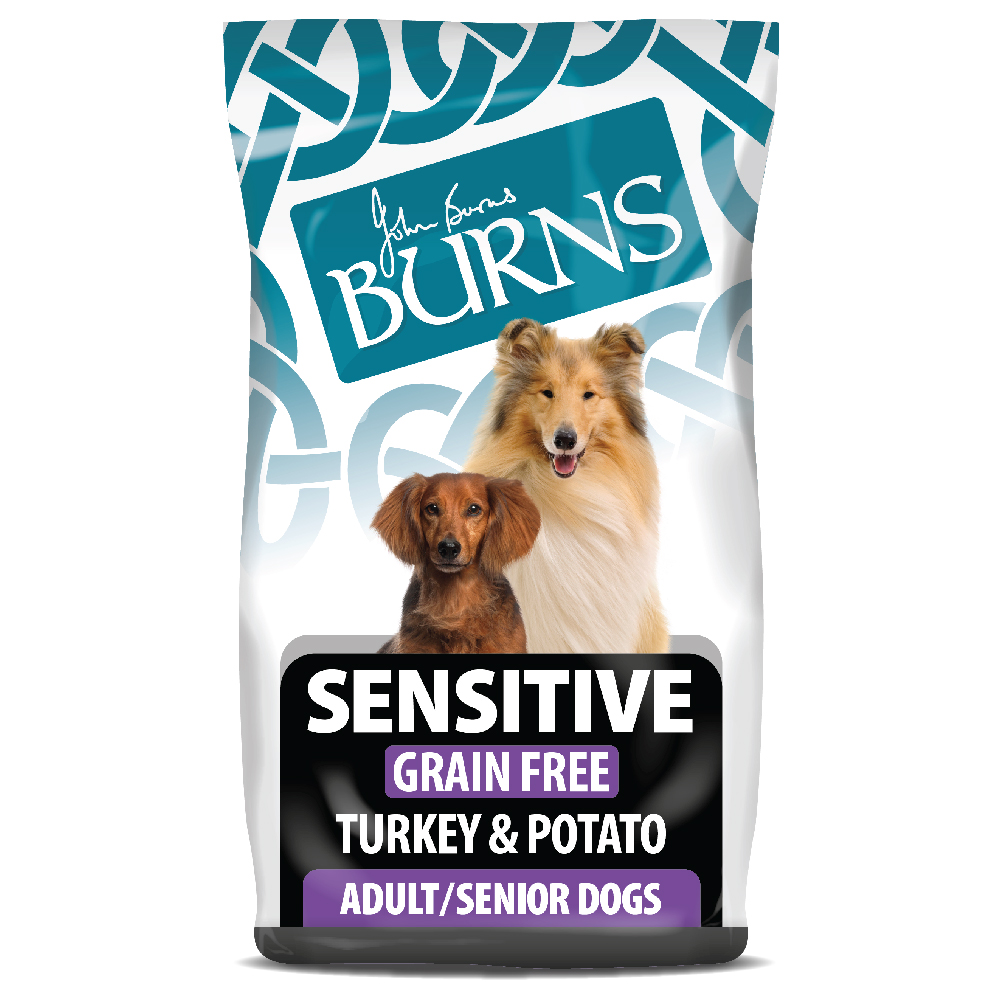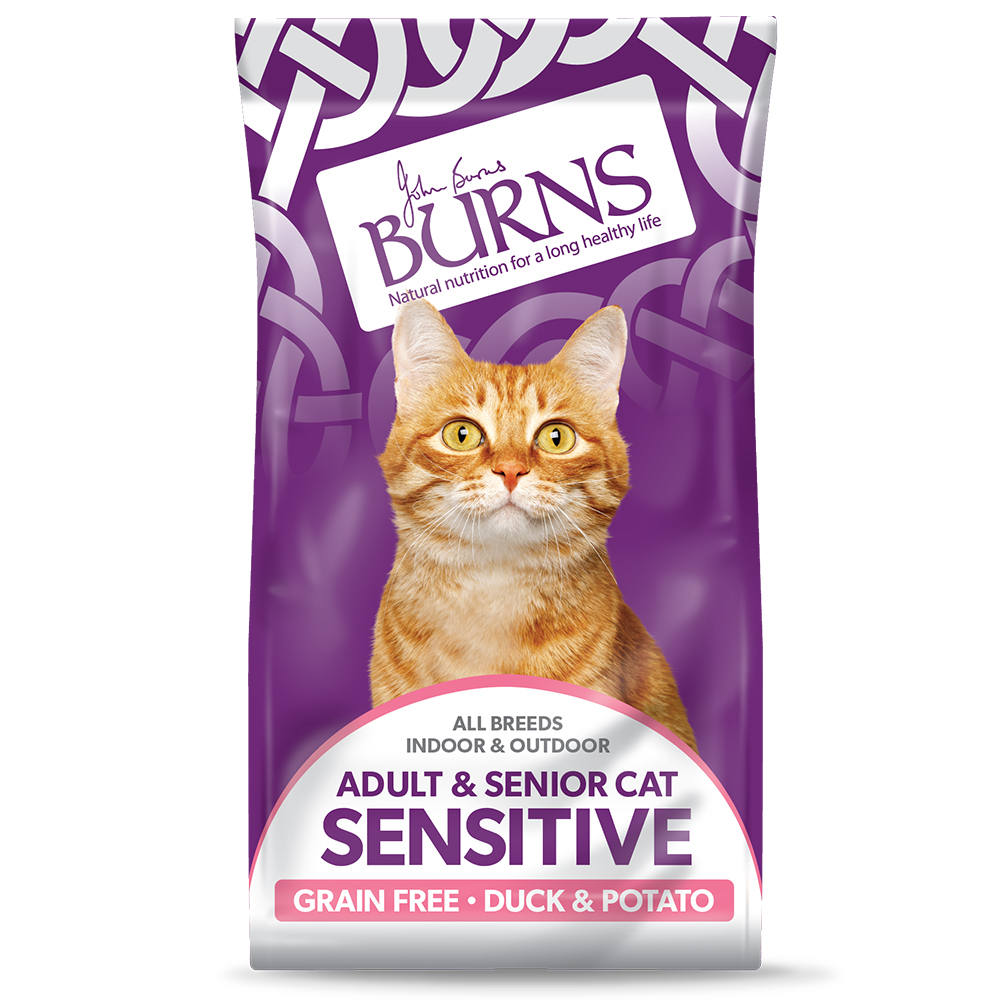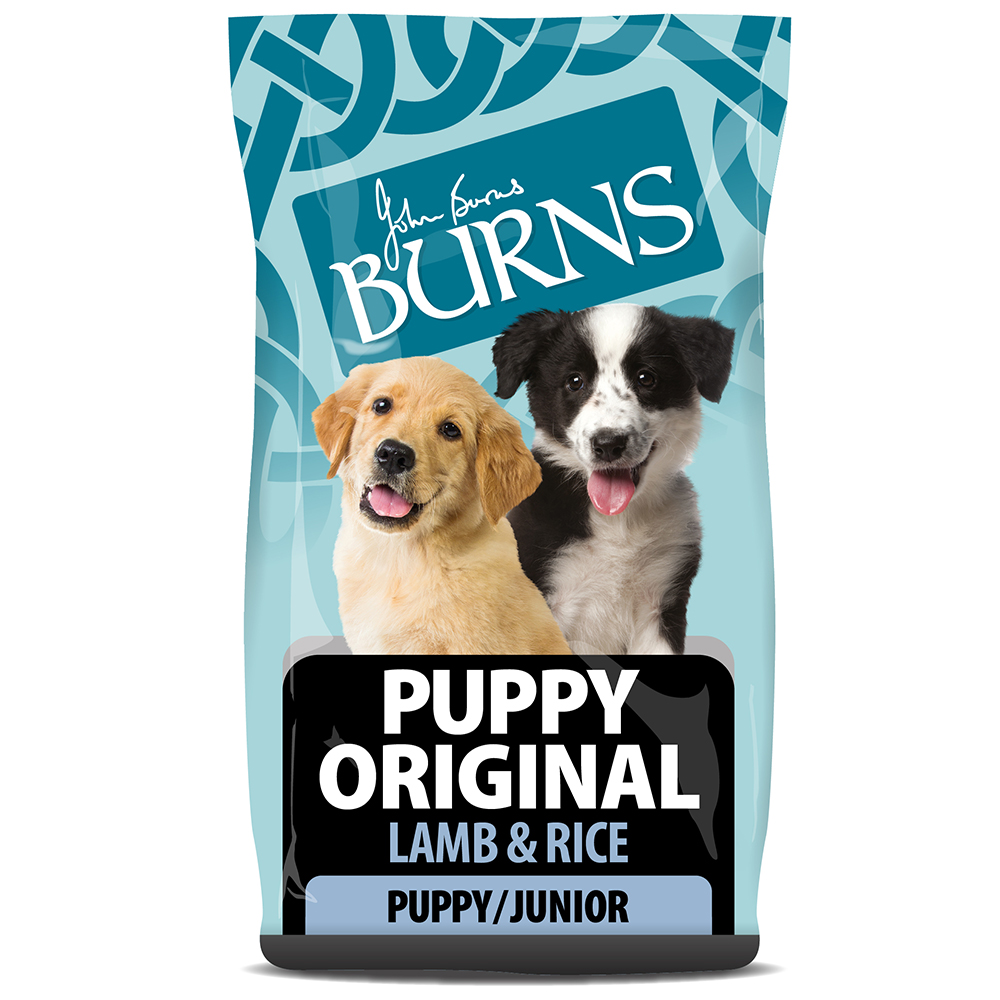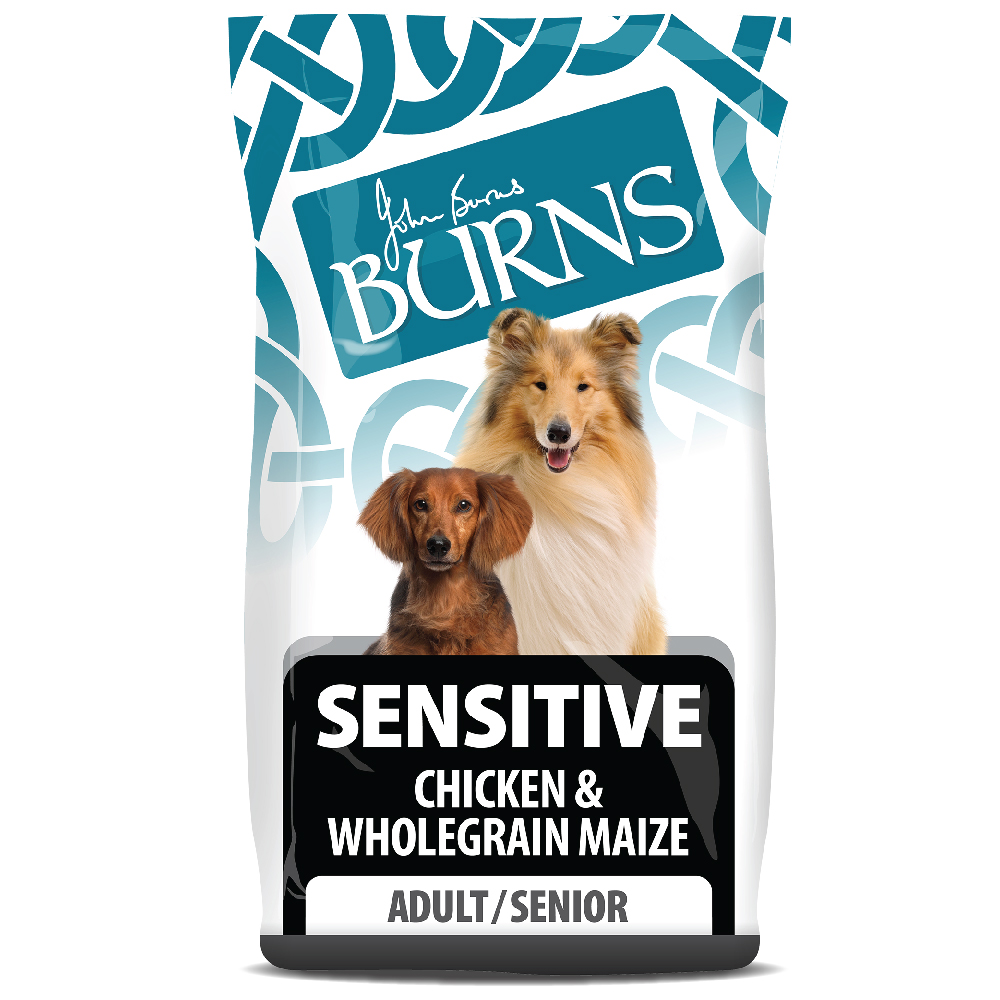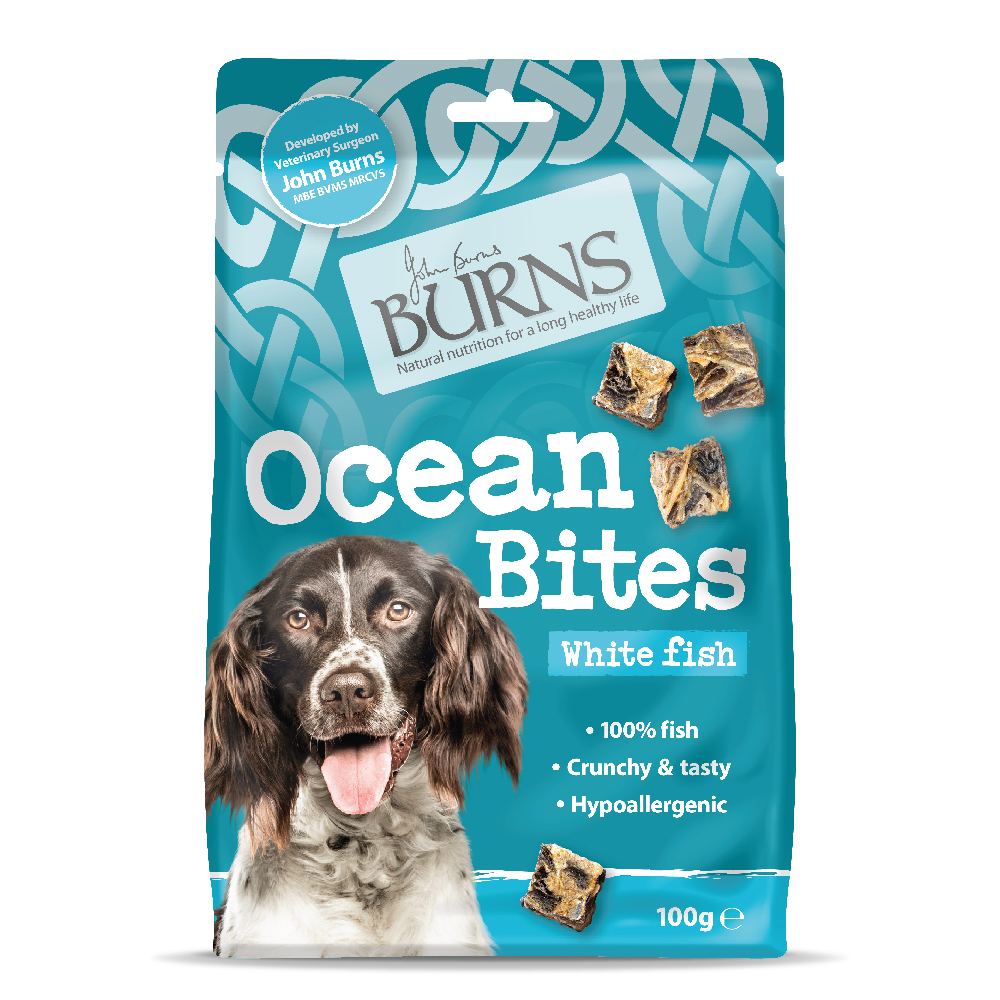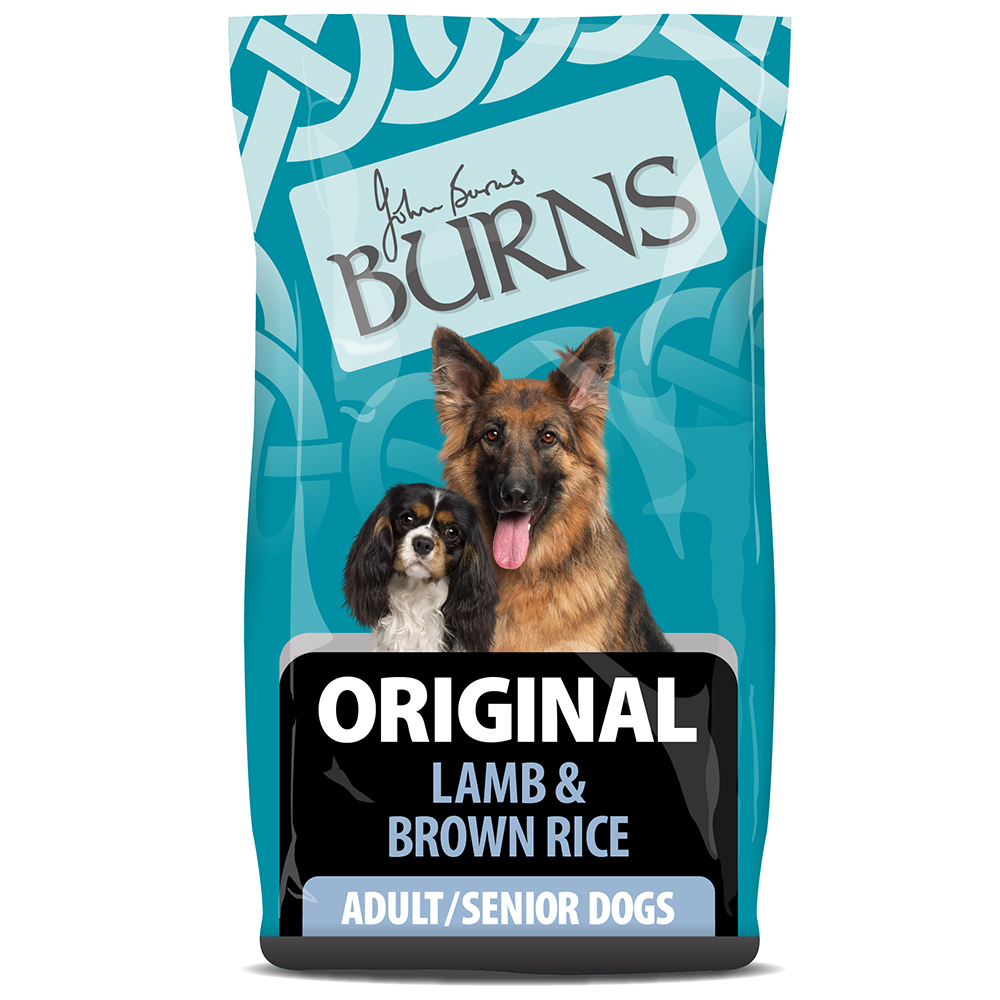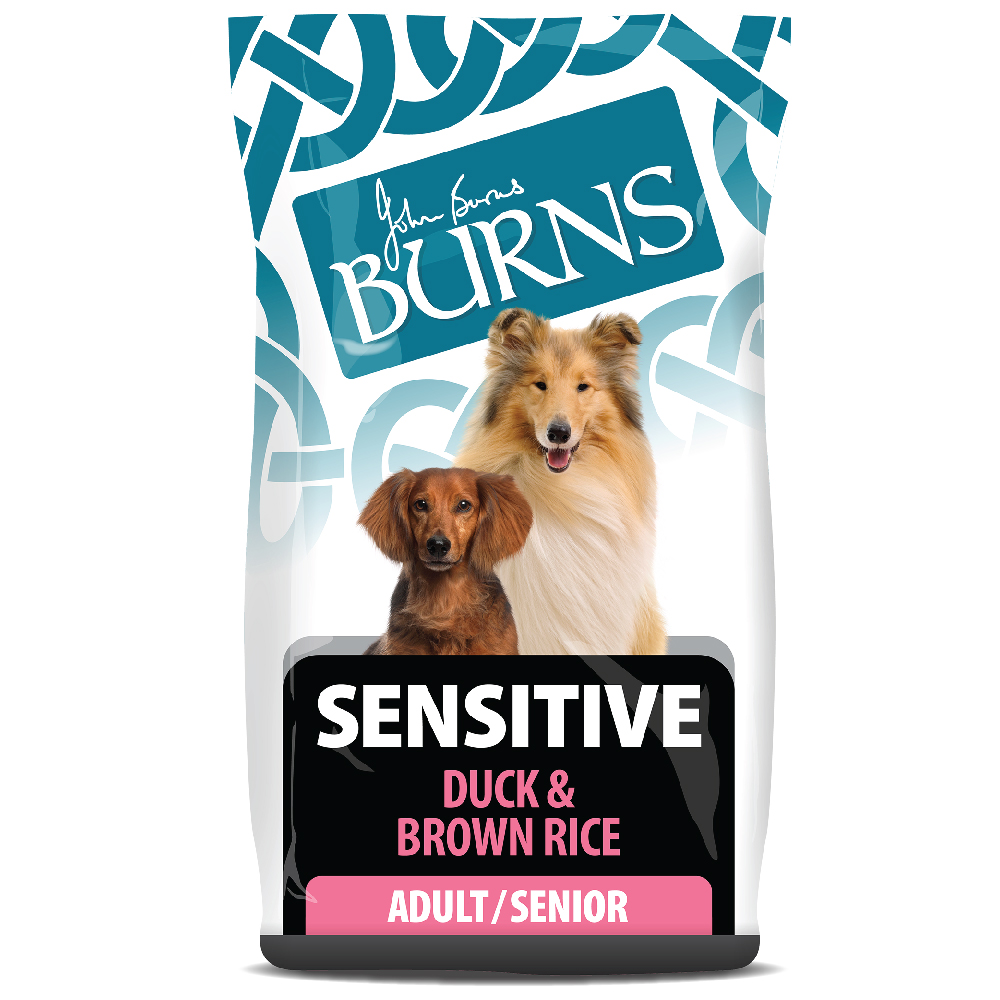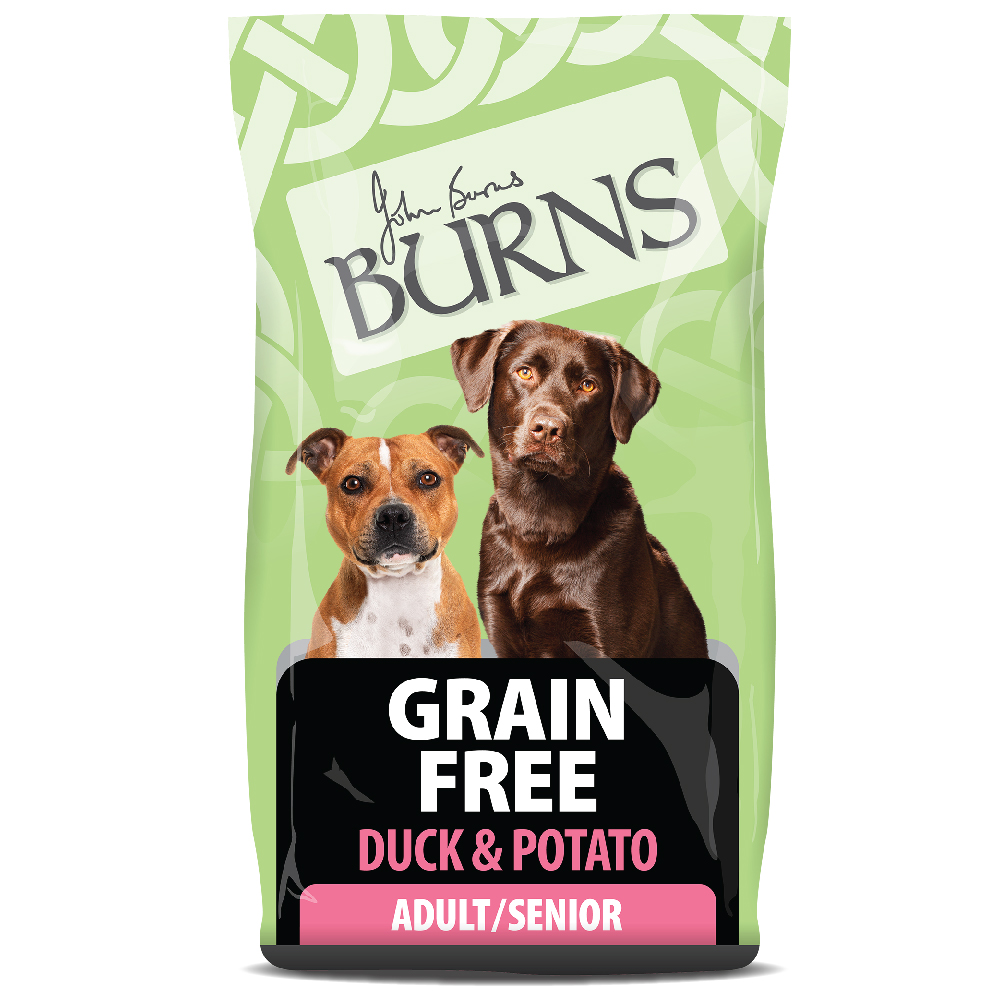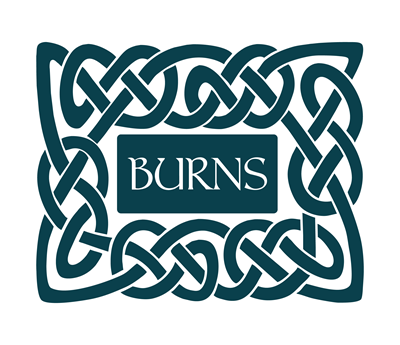About Us
Our products are designed by Founder and Veterinary Surgeon John Burns for happy and healthy pets and are meant for all-around holistic pet wellness.
We focus on utilising a few basic, healthful ingredients to ensure that your pet receives all of the nutrients they require while avoiding any unpleasantness.
In 1993, veterinary surgeon John Burns established Burns Pet Nutrition, which pioneered the natural pet food trend. There was no other healthy pet food brand available at the time. We are now the leading pet food firm in pet health management.
Our wet food selection is based on a home-cooked recipe using brown rice and locally sourced ingredients where feasible, with free-range chicken from Pembrokeshire and Welsh Lamb.
The most frequent allergies for pets include beef, wheat, and dairy. We do not use these substances. We recognise that every pet is unique. As a result, we provide over ten specialised diets such as Weight Control, Sensitive, and Grain Free.
Products
News & Blogs
Videos
Burns Pet Nutrition Ltd has 1 items listed - You are viewing 1 - 1 of 1 Videos

